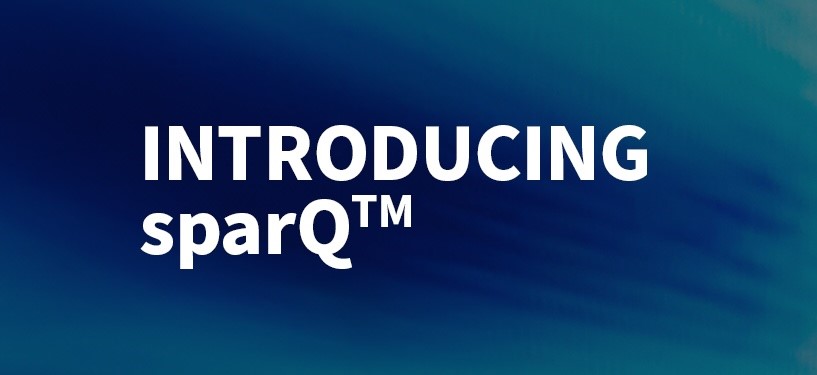Bentley University’s Center for Women and Business conducted research into Employee Resource Groups (ERGs) and how to make them truly impactful for both employees and their companies. Given the proliferation and growing importance of these groups within tech companies, this report can serve as a useful guide to those seeking to launch a new ERG or those looking to strengthen their existing one.
Employee resource groups (ERGs) are broadening their scope of purpose past support and development of their own members and becoming more about inclusion and acceptance in the workplace. Some ERGs now work towards building an open business environment to make all employees and applicants feel welcome to their workplace. An ERG is simply a group of people at a workplace who share some sort of demographic identity, interest, goal, or value.
In the early days of employee resource groups, the advancement of African-Americans and women was the primary objective of ERGs. They focused on six principle activities:
-
-
- Networking
- Talent development
- Diversity and inclusion strategies
- Recruiting
- Retention of constituents
- Enhancement of employee engagement among constituents
-
Since ERGs took off in the 1960s, the focus populations have diversified as well. ERGs focusing on LGBTQ+, generational groups (GenX/Millennial), working parents, military members, and others have taken form in the modern workplace. Since the diversifying of ERGs has taken place, companies have used these groups to get input from a specific demographic. McDonald’s got the idea from a women’s group to include smoothies and salads to a carb and fat-heavy menu, and tech companies have asked Millennial ERGs to test and develop new products. In short, ERGs are no longer simply about talent development and the six founding principles. They are a source of segmented market intelligence for companies.
Funding for ERGs ranges widely. The most common funding ranges are over $50,000 per year or somewhere between $1 and $5,000 per year. According to a study, the average annual budget is around $7,200 dollars, but most are either at the high or low end, as indicated above. Some of the challenges posed to employee resource groups are inconsistent support from management, overstated expectations, and lost momentum/constituent support among others. It is fair to say that beyond the challenges that come with its specified constituent population, some corporate hurdles may get in an ERG’s way as well.
To start an ERG of your own, consider a few fundamentals: planning, organization, accountability, measuring progress, communication, and talent development. These are some of the broad cornerstones to developing a successful employee resource group. Second, once you have your ERG, you must know where you will take it in the future. Have a plan for how it will grow, evolve, and optimize performance and attitudes for both the group and the company as a whole. By helping businesses succeed, ERGs are becoming more accepted by corporate leadership, who reward groups with larger budgets and other perks once they prove that the group makes the business flourish.



